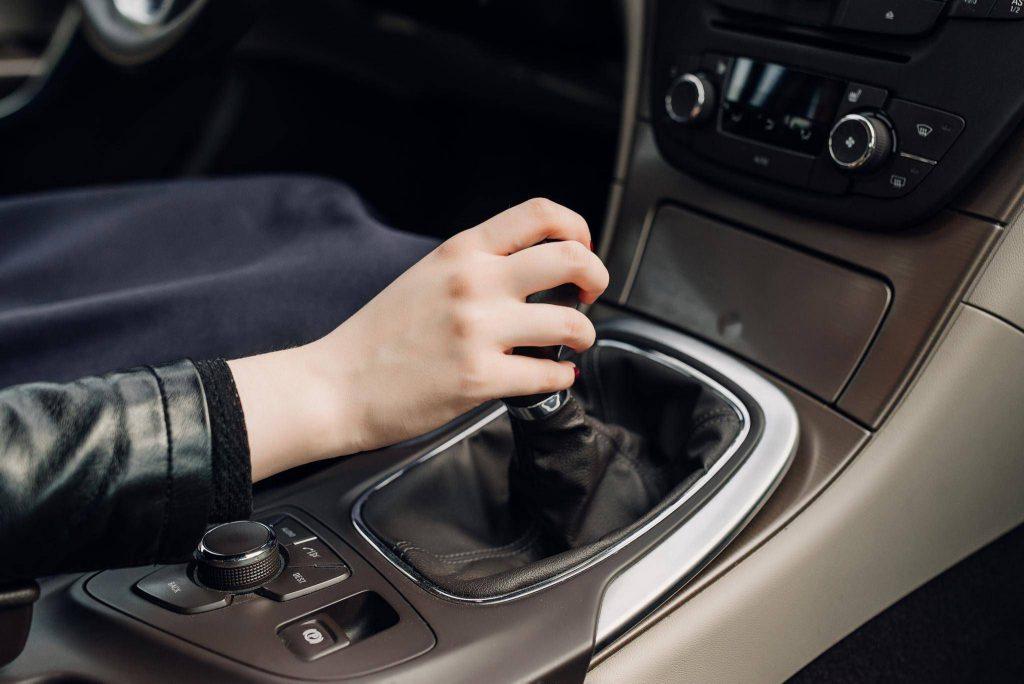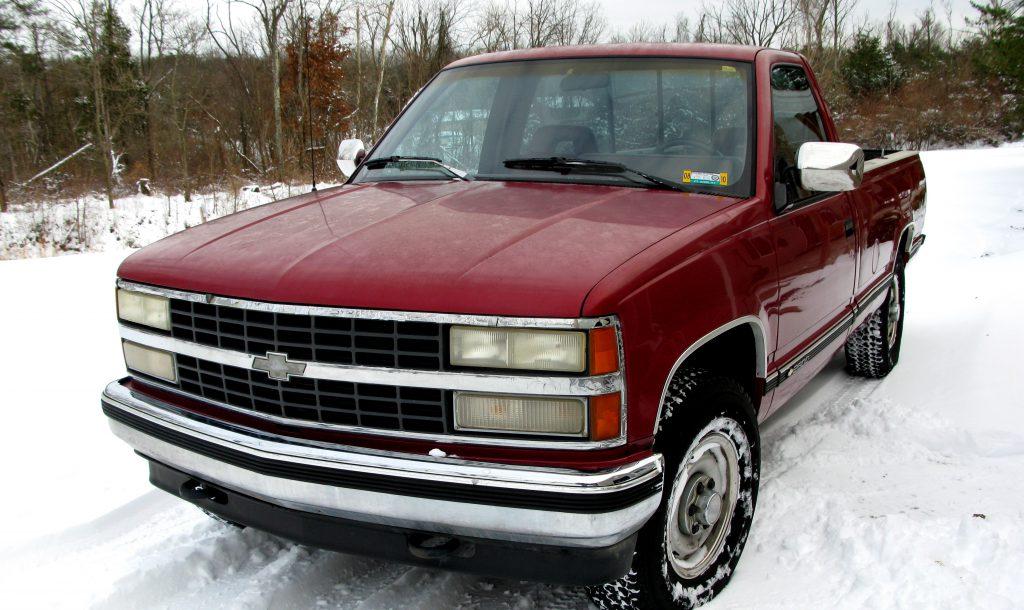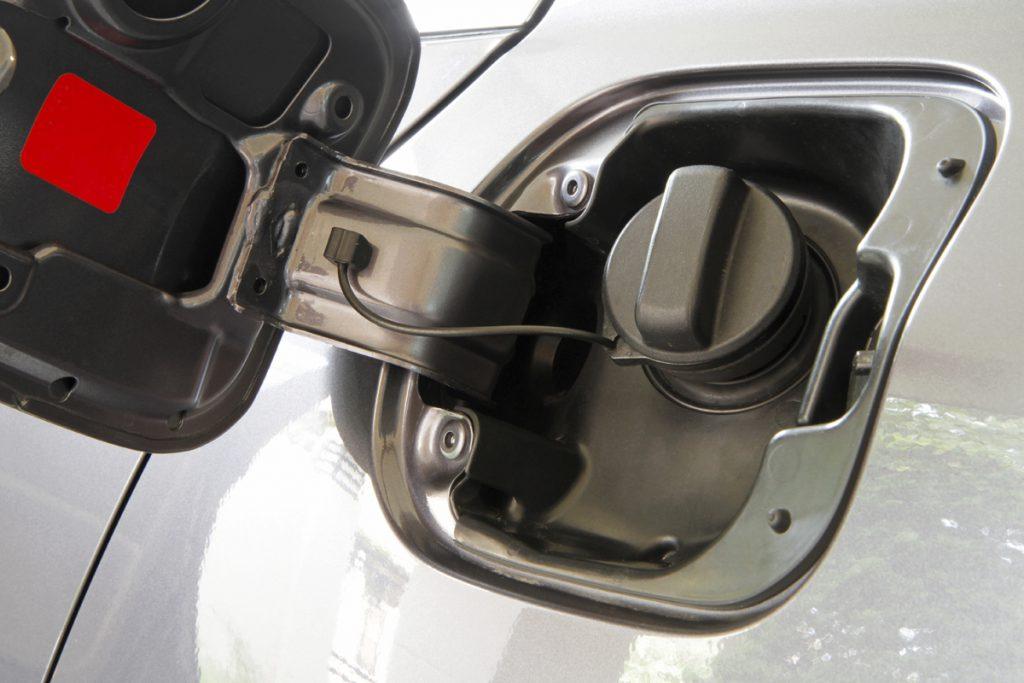7 Things To Avoid While Driving An Automatic Transmission Car
Automatic transmission is, without a doubt, one of the greatest inventions in the car industry. Automatic cars open a whole new era for car owners thanks to the safety it provides.
This car type is favored not only by professional drivers but also by people with basic driving skills. However, does this greatest invention provide total safety for its driver? Sadly it is not.
7 Mistakes To Avoid When Driving An Automatic Transmission Car
Even though an automatic transmission vehicle is amazingly safe, you should avoid a few things at any cost while steering the wheel. Take a look at a list of 7 mistakes that can damage a vehicle badly and put the owner on the hook for some big repair bills.
Sliding The Vehicle Down A Slope In The Neutral Mode

This habit won’t let you accelerate the car except for slowing it down. It cuts the oil supply, so the transmission does not get the proper lubrication for smooth operation. It results in significant wear and damage.
For that reason, we recommend discarding this habit since the repair costs aren’t worth the negligible fuel savings.
Revving The Engine Before Switching To The Gear
We all have done it as teenagers. But, don’t be that stupid because your parents are not going to pay the bills this time! It gives the transmission a massive shock that leads to more friction between the internal components, causing damage to engine parts.
Shifting Gears When The Car Is Rolling

It makes your transmission components change direction rapidly, wearing out the gearbox at an astounding pace. Use your brakes instead to stop the vehicle. Some people shift into the Park without pushing the brakes, which is also bad for the gearbox.
Keeping In Neutral At The Red Light

Many people do this to save fuel and protect the driveline from unnecessary wear. In fact, the loss is minimal if you push the brakes by keeping the gearbox in Drive mode. The actual damage takes place when you switch into and out of the neutral mode.
Switching Into The Parking Mode Before Completely Stopping The Car

Shifting to the Park mode will cause a locking pin to be inserted into a gear attached to the output shaft of the gearbox.
The wheels are also connected to the same shaft. So, when you lock it and keep the vehicle rolling at the same time, there’s a risk of breaking the locking pin.
SEE MORE:
- 10 Things you should NEVER do with a Manual Car
- White Smoke From Exhaust: Main Causes and How to Fix
Driving Hard Without Warming Up The Engine
It’s a blunder, especially in the winter season. The oil thickens and moves slowly when the weather is cold. Give the fuel a minute to run into the transmission and all of its parts.
If you shift into gear and start driving at high speed from the beginning, it will lead to severe internal damage.
Keeping The Fuel Tank Low
An automatic car largely depends on fluid pressure to run properly. Fuel also helps a vehicle’s engine and other elements to stay cool and lubricated. So, these will wear out a lot faster if you continuously keep the tank low on fluid.

How An Automatic Transmission Works
Automatic transmission is by far one of the most powerful tools in the vehicle industry. It opens a whole new zone for car mechanics and changes the lives of many people. So how does it work?
Torque Converter
The transmission will connect with the engine at a bell housing. The part contains a converter for automatic transmission–equipped vehicles. To understand how the whole system works, let’s take a look at planetary gear sets and torque converters.
First of all, is your engine’s flex plate. This part can connect to a converter directly. So when the crankshaft rotates, the torque converter housing will also rotate along, which can connect and disconnect the power of the engine to the driven load.
Look inside the torque converter, you can see the turbine, the impeller, the lock-up clutch, and the stator. In those parts, the impeller drives the turbine, which connects to the transmission input shaft, and turns through viscous forces.
After that, the engine turns the impellers and rotates the turbine, resulting in sending torque back to the transmission. For this reason, torque converters contain a lock-up clutch that locks the converter housing with the turbine.
Planetary Gear
One of the most important parts of the automatic transmission system. Now that car owners understand how the transmission receives the power from the engine, we can now learn how the engine changes gears. Since it is quite a complicated job, we will just figure out its basic way.

A gear set of planetary or epicyclic gear set of the automatic transmission has the setting of two sun gears in the center, one planet carrier, and two planet sets.
By doing this, the car mechanics plan to prevent components and alter both the system output and input.
After carefully calculating, you can make different gear ratios depending on what you lock, the ring gear or the sun gear. And yes, you are correct, the converter also plays an important role in driving the transmission fluid pump.
The gear pump is a rotor spin in a pump housing, which meshes with the housing. When the volume changes, the fluid will also change along. And the hydraulic control unit will send signals to lock the torque converter and change gears.
How to Drive an Automatic Transmission Car
To prevent mistakes when driving an automatic transmission car, first, you need to know how to drive one. Even though all four-wheel vehicles work the same way, car owners should know some differences.
Foot Work

Just like driving any car, you need to understand how to use your foot in order to control the vehicle at its best. However, automatic car models don’t have the clutch pedal, just the brake and accelerator.
With new drivers, they might have some difficulties. But the basics are pretty easy: you will only use your right foot to control both of them, while your left foot will remain at rest all the time.
Starting The Car
When starting the automatic transmission car, there is something that drivers should remember. When the engine is off, the lever should be in the letter P.
And to turn it on, car owners can push the brake pedal and use the key for the ignition. Remember to shift the car gear to the D and release the brake. After these moves, the four-wheel vehicle will start moving.
Taking Turn And Changing Speed
Taking turns and changing speed when driving an automatic transmission vehicle is the same as with manual transmission. You can easily change the direction by turning the steering wheel right or left.
Along with that, car owners can press the brake and the accelerator for slowing down and speeding up respectively.
Parking

Last but not least, car owners should notice when parking.
To perform the perfect parking while using the automatic transmission vehicle, you need to press the brake pedal along with shifting the gear to the P. After that, use the ignition key to turn off the engine and headlights.
Conclusion
Gearheads may find these tips a no-brainer, but every driver is not an expert on car mechanisms. Avoiding these practices is not harder than changing some habits.
They will extend the life of your automatic transmission car, keep you safe on the road and save you a lot of money from car maintenance.
Check out for habits you should avoid when driving an automatic transmission in this video of Engineering Explained!














